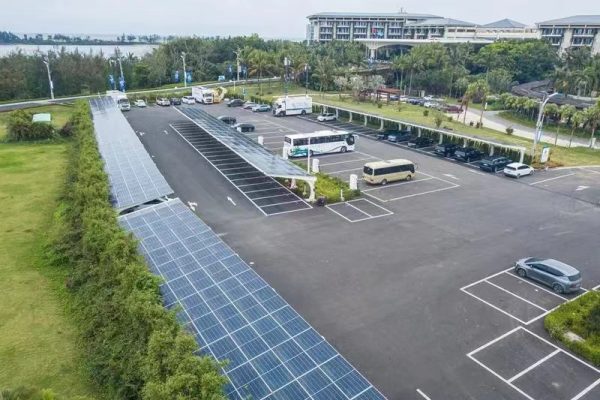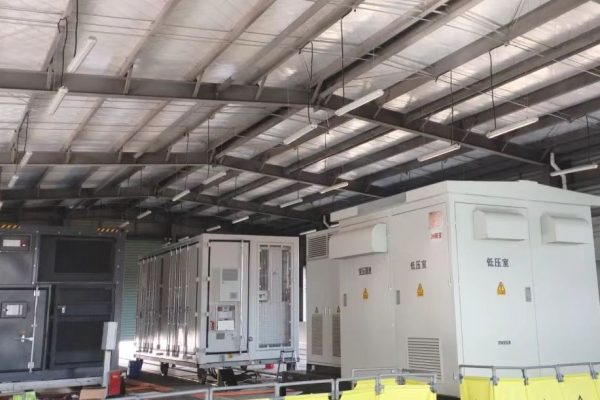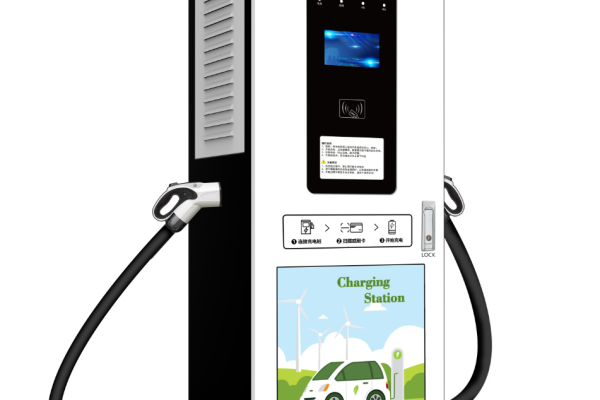As businesses adopt solar and storage, the question is no longer “should we install batteries?” but “how do we integrate them with existing energy management?” For commercial facilities, this often means connecting the Energy Storage System (ESS) with the Building Energy Management System (BEMS). Done right, this integration can unlock efficiency gains, cost savings, and resiliency. Done poorly, it can cause operational headaches.
This article explains how commercial ESS can be integrated with BEMS, the benefits it brings, and the practical considerations for system designers and end users.
Why ESS Needs BEMS Integration
A standalone ESS can store solar power and provide backup, but in a commercial building, energy use is dynamic:
- HVAC loads fluctuate with weather and occupancy.
- Lighting schedules change with operations.
- Equipment and EV chargers may create sharp demand spikes.
By connecting ESS to BEMS, the system can make smarter decisions based on real-time data. For example:
- Pre-charging the battery when low-cost electricity is available.
- Discharging during peak HVAC demand to reduce demand charges.
- Coordinating with solar PV to maximize on-site consumption.
Benefits of ESS + BEMS Integration
- Demand Charge Reduction
Commercial customers often pay high demand charges. With ESS + BEMS, batteries can discharge exactly when demand spikes, lowering peak load and saving costs. - Optimized Solar Self-Use
BEMS monitors PV generation and building loads, ensuring stored energy is used onsite instead of exported at low tariffs. - Improved Comfort and Reliability
Batteries can support critical HVAC or lighting loads without overtaxing the grid during peak hours. - Regulatory Compliance & Reporting
Many regions now require energy efficiency reporting. A combined ESS + BEMS solution provides data logs and insights for compliance. - Grid Services Participation
With proper integration, commercial ESS can enable demand response programs, creating a new revenue stream.
Integration Pathways
There’s no “one size fits all.” Common approaches include:
- Direct Communication (Modbus / BACnet / OPC UA): ESS controllers exchange real-time data with the BEMS.
- API Integration: Cloud-based platforms sync ESS and BEMS data for optimization.
- EMS Layer Between ESS and BEMS: A site-level Energy Management System coordinates PV, ESS, and loads, while the BEMS handles building functions.
Challenges to Consider
- Protocol Compatibility
Not all ESS and BEMS speak the same “language.” Confirm support for Modbus, BACnet, or required APIs before procurement. - Cybersecurity Risks
Connecting batteries to building IT networks introduces risks. Encryption and secure gateways are essential. - Load Prioritization
ESS capacity is limited. Clear rules must define which loads get backup and when. - Commissioning Complexity
Integration may require cooperation between electrical contractors, IT teams, and facility managers—planning is critical.
Best Practices for Integrators
- Start with an Energy Audit: Understand building load profiles before system sizing.
- Choose Open Standards: Avoid vendor lock-in by selecting ESS and BEMS with flexible communication options.
- Plan for Scalability: Commercial loads evolve; ensure the system can expand in capacity and control functions.
- Test Before Handover: Simulate demand peaks, solar charging, and grid events during commissioning.
- Train Facility Staff: Even the smartest system needs human oversight and familiarity.
Case Example
A mid-sized office building in Southeast Asia integrated a 200 kWh ESS with its BEMS. Before integration, batteries discharged at random intervals. After integration:
- Demand charges dropped by 18%.
- Solar self-consumption increased by 30%.
- The building qualified for a local demand-response incentive program.
Integrating ESS with BEMS turns batteries from a standalone backup into a strategic energy asset. It enables businesses to cut costs, increase solar utilization, improve resiliency, and even generate new revenue.
For system integrators and middlemen, mastering ESS + BEMS integration can be a powerful way to differentiate services and deliver higher-value projects.









